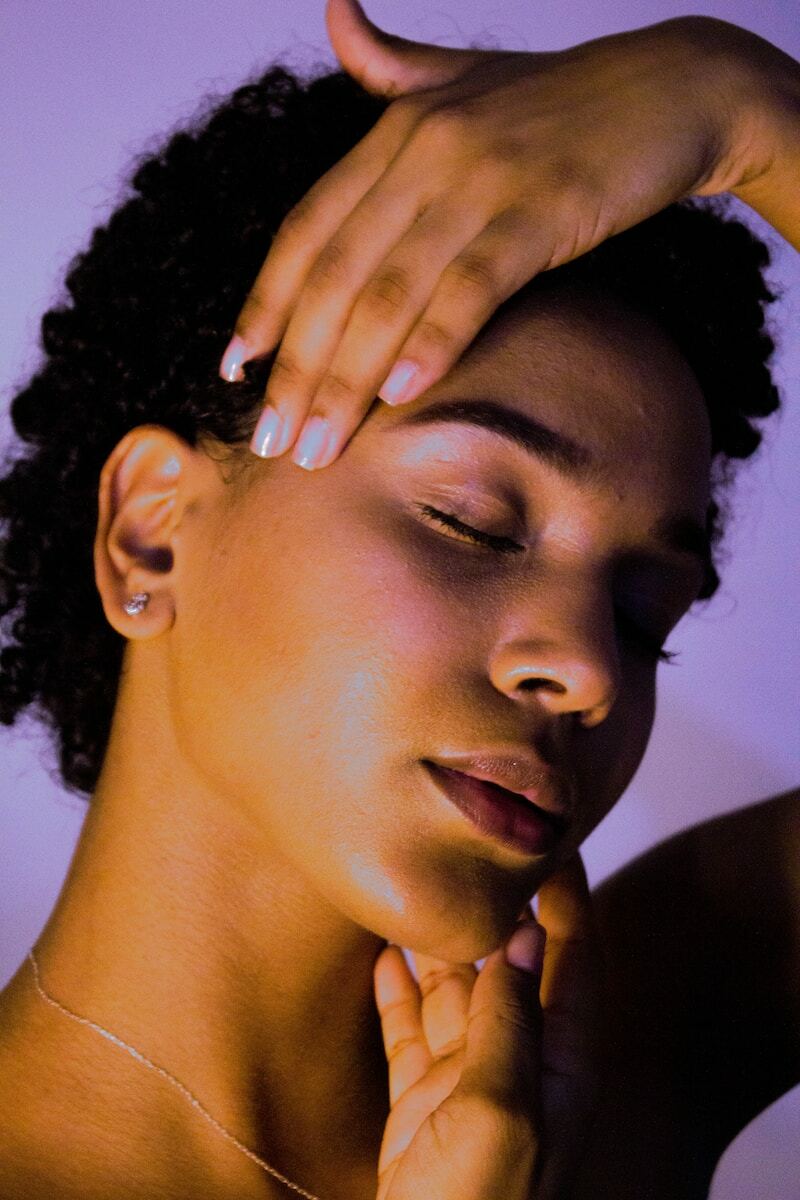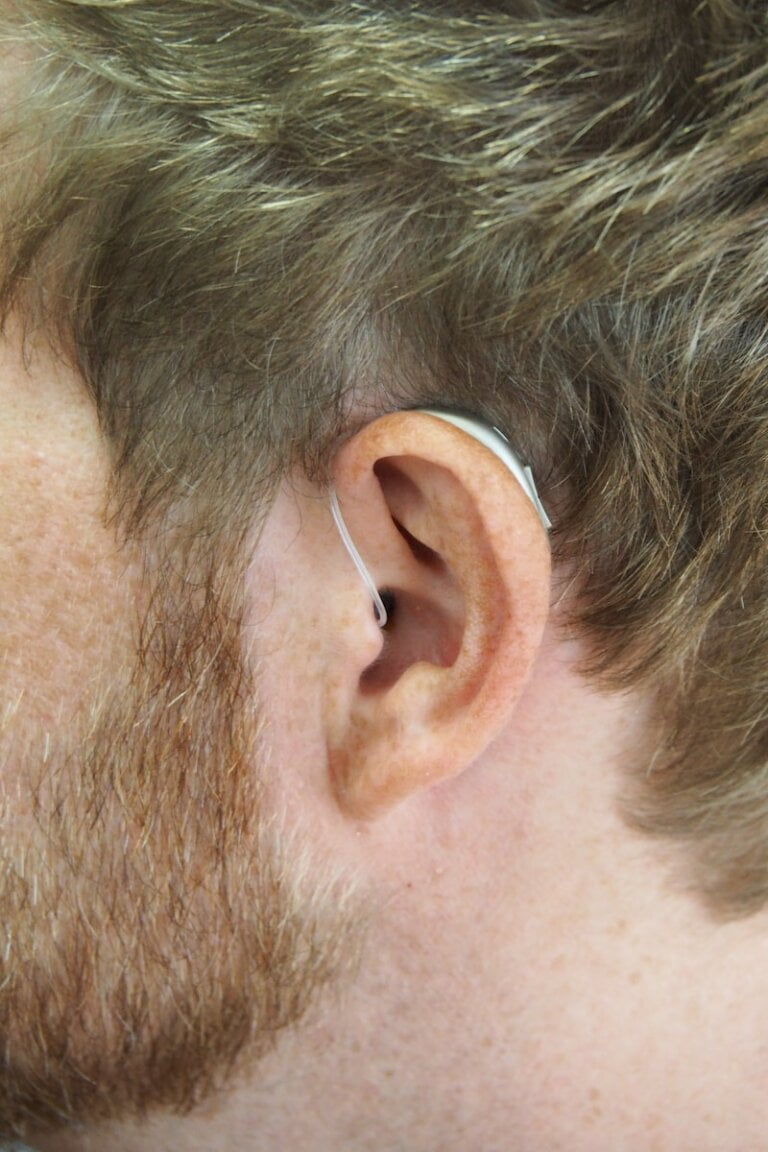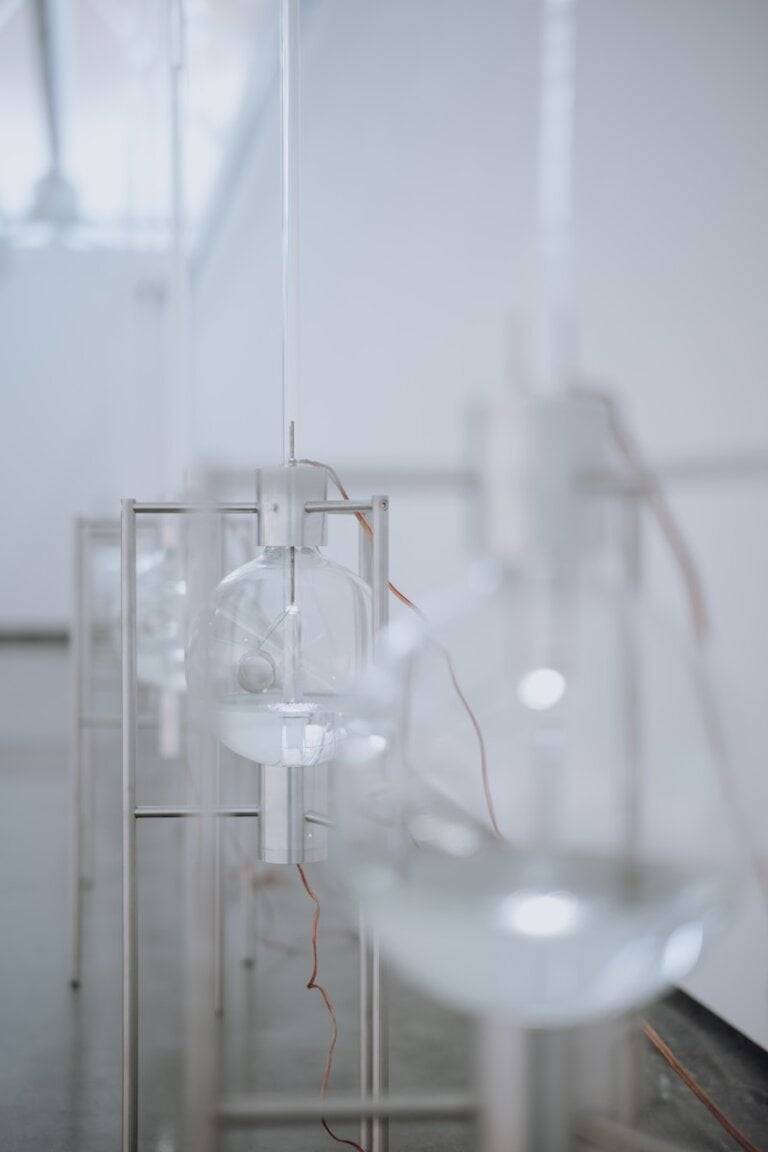Step-by-Step: Safe and Simple Methods for Cleaning Your Ears
Last Updated on 3rd May 2024 by Admin
Cleaning your ears is an essential part of personal hygiene and can help maintain healthy ears and prevent earwax buildup. However, it is crucial to approach ear cleaning with care to avoid damaging your ears or pushing the wax further into the ear canal. In this comprehensive guide, we will provide step-by-step instructions on safe and simple methods for cleaning your ears.
Understanding Earwax
Before diving into the cleaning process, it is important to understand the purpose of earwax, also known as cerumen. Earwax is a natural substance produced by glands in the ear canal. It plays a vital role in protecting the ear by trapping dust, dirt, and other particles, preventing them from reaching the eardrum.
Additionally, earwax acts as a lubricant, keeping the skin of the ear canal moisturized and preventing it from drying out and becoming itchy or irritated. It also has antimicrobial properties that help protect against infections.
While earwax is beneficial, sometimes it can accumulate and cause discomfort or affect hearing. Factors such as the shape of the ear canal, the production of excessive earwax, or improper ear hygiene practices can contribute to the buildup. That’s when it becomes necessary to clean your ears.
Step 1: Know when to clean your ears
It is essential to determine whether your ears actually need cleaning before proceeding. Not everyone requires regular ear cleaning, as the ears are designed to self-clean. However, if you experience symptoms such as earache, reduced hearing, ear fullness, or the presence of excess earwax visible at the ear opening, it may be time to clean your ears.
It is important to note that excessive cleaning can disrupt the natural self-cleaning process and lead to irritation or injury. Therefore, it is crucial to only clean your ears when necessary and with caution.
Step 2: Gather the necessary items
Before starting the cleaning process, gather the following items:
- Cotton balls or soft cloth: These will be used to wipe away any excess earwax or cleaning solutions. Ensure that the cloth or cotton balls are clean and free from any irritants or contaminants.
- Warm water: It is recommended to use warm water as it can help soften the earwax and make it easier to remove. Avoid using hot water, as it can cause burns or discomfort.
- Dropper or syringe: This will be used to gently flush the ear with warm water. Ensure that the dropper or syringe is clean and sterilized to prevent any infections.
- Earwax removal solution: There are various over-the-counter earwax removal solutions available that can help soften and loosen the wax. These solutions often contain hydrogen peroxide, saline solution, or mineral oil. Consult a pharmacist to find the best option for you, taking into consideration any allergies or sensitivities you may have.
Having these items ready before you begin the cleaning process will ensure a smooth and effective procedure.
Step 3: Softening the earwax
To begin the cleaning process, you need to soften the earwax. Here’s how:
- Prepare the earwax removal solution: Follow the instructions provided with the solution to prepare it properly. Make sure to read and understand the instructions, as different solutions may have specific guidelines for preparation.
- Apply the solution: Tilt your head sideways with the affected ear facing up, and using the dropper or syringe, apply a few drops of the solution into the ear canal. Make sure to insert the dropper or syringe gently to avoid any discomfort or injury. Stay in this position for a few minutes to allow the solution to penetrate the earwax.
The earwax removal solution works by softening the hardened wax, making it easier to remove during the subsequent steps.
Step 4: Flushing the ear
After the earwax has been softened, it’s time to flush it out. Follow these steps:
- Prepare warm water: Ensure the water is not too hot or cold. Extreme temperatures can cause discomfort or even damage to the delicate structures of the ear.
- Flush the ear: While still tilting your head sideways, gently squirt warm water into the ear canal using the dropper or syringe. Avoid applying too much pressure to prevent damage. The warm water will further help in softening the remaining earwax and flushing it out.
- Drain the water: Allow the water to drain out by tilting your head in the opposite direction or using a clean cloth or cotton ball to catch the water. It is important to be patient during this step, as rushing it may cause water to remain trapped in the ear canal, leading to discomfort or even infection.
Step 5: Cleaning the outer ear
Once the excess earwax has been flushed out, it’s important to clean the outer ear. Follow these guidelines:
- Use a soft cloth or cotton ball: Gently wipe the outer part of your ear with a soft cloth or cotton ball to remove any remaining water or earwax. Be gentle and avoid rubbing vigorously, as this can cause irritation or injury to the skin.
- Avoid inserting anything into the ear canal: It is crucial to never insert objects such as cotton swabs, bobby pins, or any other sharp or pointed instrument into the ear canal. Doing so can cause injury and push the wax further into the ear. Remember, the ear canal is delicate, and inserting objects can damage the eardrum or cause an infection.
Safety Precautions and When to Seek Professional Help
While cleaning your ears, it is important to exercise caution and follow safety precautions to prevent any harm. Remember the following:
- Avoid excessive cleaning: Cleaning your ears too often can disrupt the natural self-cleaning process and lead to irritation or injury. Stick to cleaning your ears only when necessary.
- Be gentle: Always be gentle when inserting anything into your ear, whether it’s a dropper, syringe, or cloth. The ear canal is sensitive, and rough handling can cause discomfort or injury.
- Seek professional help: If you experience severe pain, bleeding, or have a history of ear problems, it is recommended to consult a healthcare professional or an ear specialist for safe and effective ear cleaning. They have the expertise and tools to clean your ears thoroughly without causing any harm.
In conclusion, cleaning your ears can be done safely and effectively by following the step-by-step methods outlined in this guide. Remember to avoid using any sharp or pointed objects and seek professional help if needed. By maintaining good ear hygiene, you can ensure the health and well-being of your ears.
FAQ
1. When should I clean my ears?
It is important to clean your ears only when necessary. If you experience symptoms such as earache, reduced hearing, ear fullness, or the presence of excess earwax visible at the ear opening, it may be time to clean your ears.
2. What items do I need to clean my ears?
To clean your ears, gather the following items:
- Cotton balls or soft cloth
- Warm water
- Dropper or syringe
- Earwax removal solution
3. How do I soften the earwax before cleaning?
To soften the earwax, follow these steps:
- Prepare the earwax removal solution according to the instructions.
- Tilt your head sideways with the affected ear facing up, and using the dropper or syringe, apply a few drops of the solution into the ear canal. Stay in this position for a few minutes to allow the solution to penetrate the earwax.
4. How do I clean the outer ear?
To clean the outer ear, follow these guidelines:
- Gently wipe the outer part of your ear with a soft cloth or cotton ball to remove any remaining water or earwax. Avoid rubbing vigorously.
- Never insert objects such as cotton swabs or bobby pins into the ear canal, as it can cause injury and push the wax further into the ear.







